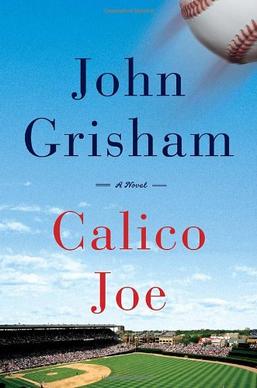 |
| Marlowe and (Almost Certainly) Treacherous Client |
 |
| Covers Held at Bay |
Unfortunately, even a simple formula can lead to some hard work for the writer of book-length mysteries. Think of the challenge like this. Your job as a mystery novelist if to hold the front and back covers of your published book about three quarters of an inch apart. That may not seem too hard. What, after all, is three quarters of an inch? But the only thing you can use to get that job done are sheets of paper, none much wider on edge than a human hair. And you can't scrunch the pages up, either. (Leave that to reviewers.) You have to lay them perfectly flat. You'll need hundreds of them, about three hundred, in fact, to keep those covers at a safe distance. Start writing.
 |
| Waiting for Godot |
To keep the action on stage, you have to twist the plot and twist it again, because holding your covers apart isn't the only challenge you face. You also have to fool your protagonist (and hopefully your readers) for three hundred pages. The result can be a very complex plot, the kind Chandler and Macdonald were known for. (One of my plots was called "labyrinthine" by a reviewer. I didn't mind the adjective, but not being able to pronounce it still embarrasses me.) After all, your detective hero is no dummy--it would be another turnoff for your readers if they were always way ahead of your Holmes, waiting for him to catch up. So you'd better have convolutions within your convolutions.
It's no wonder that many writers relieve the pressure by filling their mystery novels with non-mystery material, like bread crumbs in the meatloaf. The bread crumbs can take the form of romantic subplots, comic subplots, and updates on an extended cast of supporting characters that can start to read like a Christmas letter. ("A funny thing happened last fall to Uncle Ollie at the state fair. . . .")
Another pressure relief valve that's been popular for a while is for the writer to slip out of first person to write passages or chapters or every other chapter in third person, often from the killer's point of view. This approach offers the writer the chance to have it both ways, to have the distinctive voice and convincing inner life of first person and the fly-on-the-wall aspects of third. For me, though, this technique "breaks the fourth wall," to borrow a motion picture term. That's when Groucho Marx or some other comedian directly addresses the
 |
| Groucho, Breaking the Fourth Wall |
camera to get a laugh. ("I have to stay through this, but there's no reason you folks shouldn't leave.") Breaking the fourth wall reminds the paying customers that they're watching a movie--or in the case of a mystery novel, that they're reading a book. It can wake the reader up from the continuous dream that the writer works so hard to create. And this is an even bigger sacrifice in a first person story, since this point-of-view shift can shatter the illusion that a Marlowe is sitting next to you at the bar, telling you his story himself.
And that's the great thing about first person, the thing that makes it worth all the effort it takes to stay in character for three hundred pages: its intimacy. And it's also the best answer to the charge that first is simplistic. Creating a character like Marlowe from the inside out, who's familiar to the reader not because of some external trappings but because his inner voice is recognizable and believable and, on some level, not unlike our own, is anything but a simple job. But if you pull it off, the reward is immortality.
Actually, it isn't. But you do get to feel like you've done a day's work when you knock off for your martini. Cheers.



























